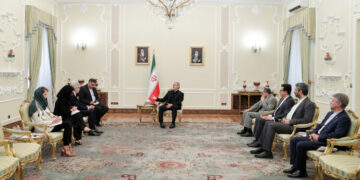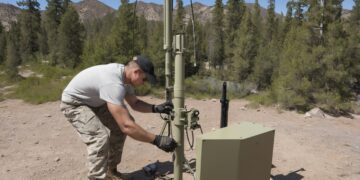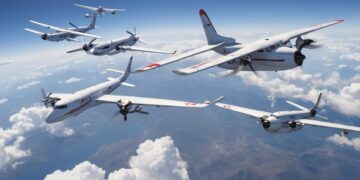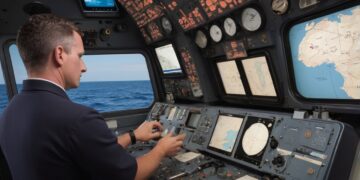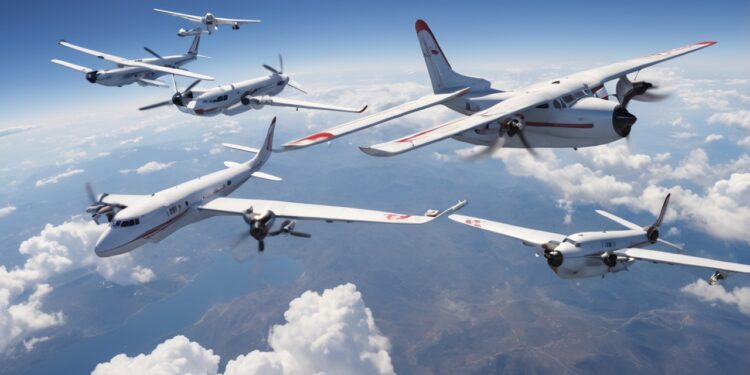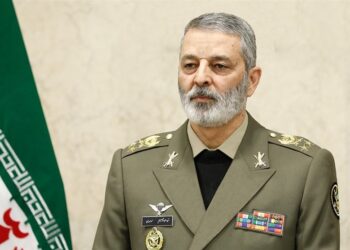In the dynamic world of aviation, effective communication is not just a convenience; it’s a necessity that underpins the safety and efficiency of air travel. At the heart of this communication lies aviation radios, which serve as the vital link between pilots and air traffic controllers (ATCs). ( Airborne & Aviation Communication Systems ) These sophisticated systems enable real-time exchanges of information, facilitating everything from routine updates to critical emergency communications. In this blog, we will explore the various facets of aviation radios, their evolution, and their pivotal role in ensuring that pilots and air traffic controllers remain connected throughout every phase of flight.
Click to view airborne and aviation communication systems
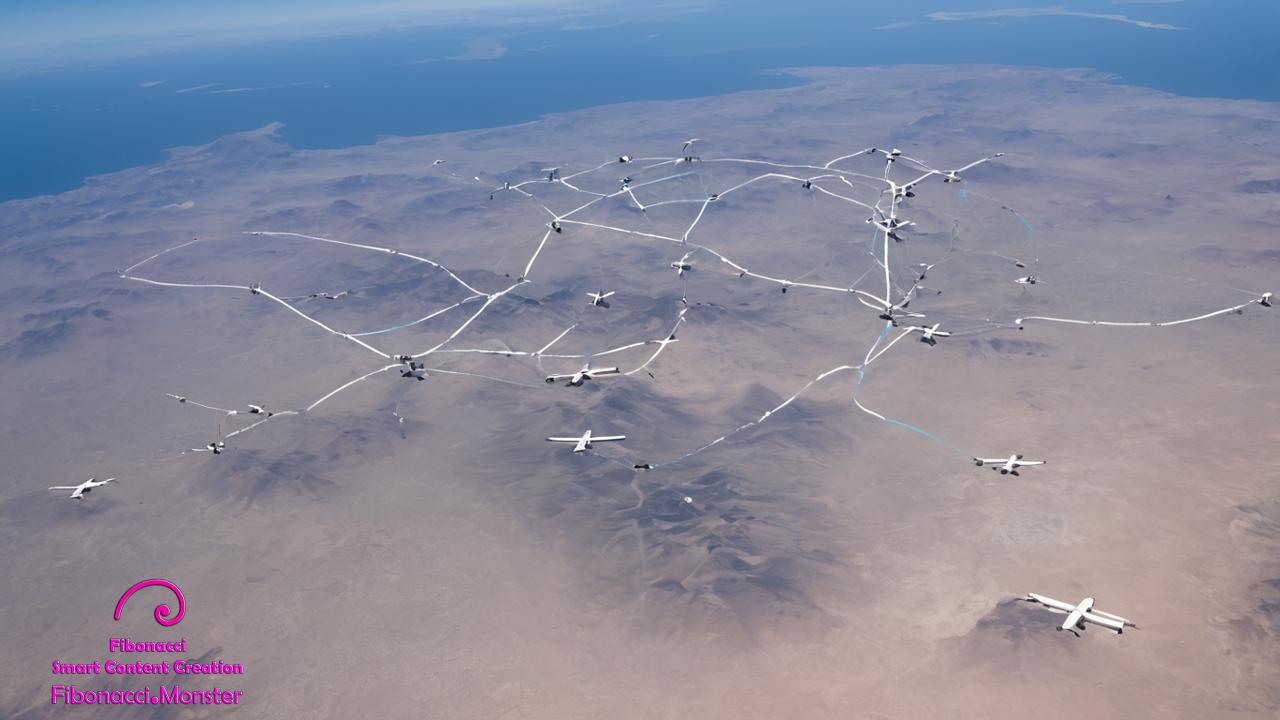
The Importance of Communication in Aviation
Before diving into the specifics of aviation radios, it is crucial to understand the overarching importance of communication in the aviation industry. The aviation environment is inherently complex, involving numerous stakeholders, including pilots, air traffic controllers, ground crews, and even passengers. ( Airborne & Aviation Communication Systems )Effective communication among these parties is essential for ensuring safety, minimizing delays, and optimizing operational efficiency.
Imagine a busy airport where multiple aircraft are taking off and landing simultaneously. In such a scenario, clear and concise communication between pilots and air traffic controllers is vital to avoid collisions and ensure safe operations. The ability to relay critical information quickly and accurately can significantly reduce the risk of accidents. Have you ever considered how communication shapes the safety and efficiency of air travel?
Click to view airborne and aviation communication systems
1. The Evolution of Aviation Radios
Aviation radios have come a long way since their inception in the early 20th century. The first radios used in aviation were relatively rudimentary, relying on simple voice transmissions. As technology advanced, so did the capabilities of these radios. Today’s aviation radios are equipped with sophisticated features, including digital signal processing, automatic frequency selection, and enhanced noise-canceling capabilities.
The evolution of aviation radios reflects broader technological advancements in communication. For instance, the transition from analog to digital technology has significantly improved sound clarity and reduced interference. Modern radios also incorporate features such as Voice over Internet Protocol (VoIP), which allows for clearer communication over longer distances. How do you think these advancements in radio technology have impacted the way pilots and air traffic controllers communicate?
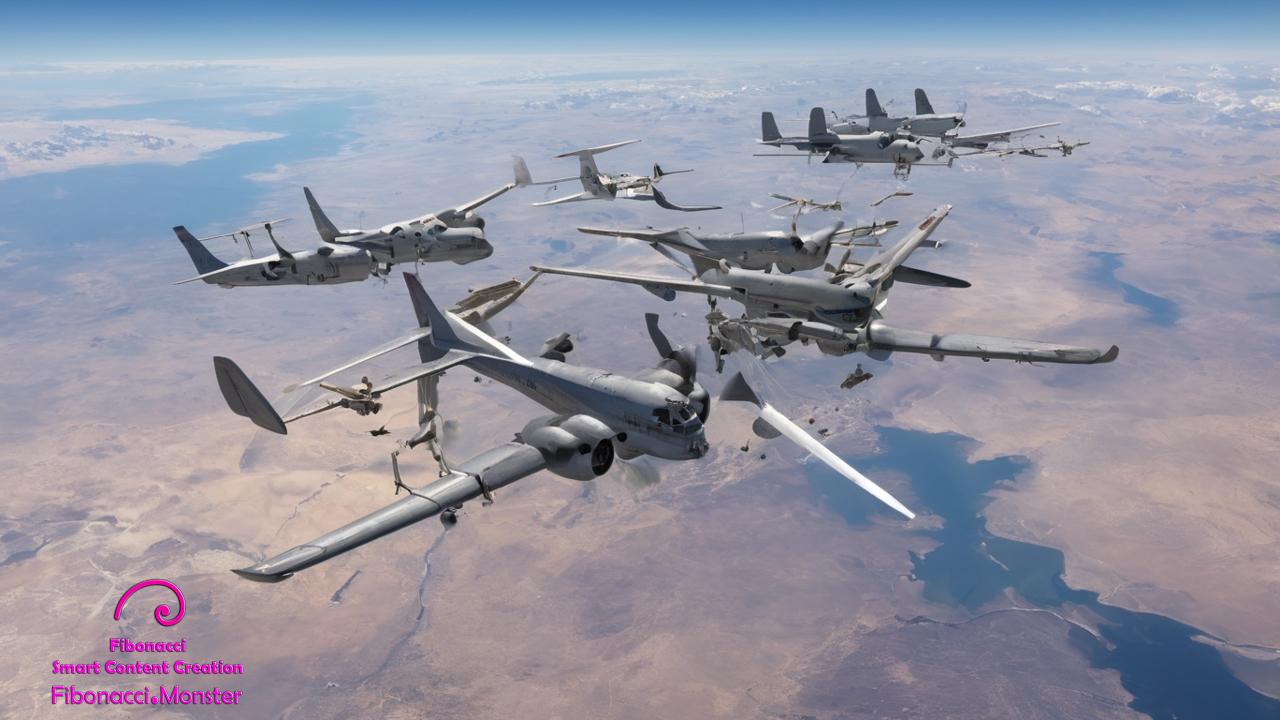
2. Types of Aviation Radios
In the aviation industry, several types of radios are utilized to facilitate communication. The most common types include Very High Frequency (VHF) radios, Ultra High Frequency (UHF) radios, and satellite communication systems. Each of these systems has its unique advantages and applications.
VHF radios are the backbone of aviation communication, primarily used for air-to-ground and air-to-air communication. They operate within the 118 MHz to 137 MHz frequency range, providing clear communication over relatively short distances. UHF radios, on the other hand, operate at higher frequencies and are often used by military aircraft and in specific aviation operations. Satellite communication systems have gained popularity in recent years, especially for long-haul flights, as they provide global coverage and high-bandwidth data transmission. Have you thought about how the different types of aviation radios contribute to the overall communication landscape in aviation?
3. How Aviation Radios Operate
Understanding how aviation radios operate is essential to appreciate their role in maintaining communication between pilots and air traffic controllers. At their core, aviation radios convert sound waves into electrical signals, which are then transmitted over radio frequencies. This process involves several components, including transmitters, receivers, antennas, and audio processing units.
When a pilot speaks into the microphone, the radio converts their voice into an electrical signal, which is then modulated and transmitted via radio waves. The receiving radio, whether in the aircraft or at an air traffic control tower, picks up these signals, demodulates them, and converts them back into sound. This seamless process allows for real-time communication, enabling pilots to receive instructions, report their status, and communicate any concerns. How do you think this intricate process contributes to the safety and efficiency of aviation operations?
4. The Role of Air Traffic Controllers
Air traffic controllers play a crucial role in ensuring the safety of air travel, and their communication with pilots is facilitated primarily through aviation radios. Controllers are responsible for managing the flow of air traffic, providing pilots with instructions for takeoff, landing, and in-flight navigation. Their ability to communicate effectively is essential for maintaining safe distances between aircraft and preventing collisions.
When a pilot approaches an airport, the air traffic controller provides essential information regarding runway conditions, weather updates, and traffic patterns. This information is vital for pilots to make informed decisions during critical phases of flight. For example, if a controller informs a pilot of a sudden change in weather conditions, the pilot can adjust their approach accordingly. Have you considered the immense responsibility that air traffic controllers carry in ensuring the safety of countless passengers?
5. Communication During Takeoff and Landing
The phases of takeoff and landing are among the most critical moments in any flight, and effective communication during these times is paramount. Aviation radios facilitate the exchange of vital information between pilots and air traffic controllers, ensuring that all parties are on the same page.
During takeoff, the pilot communicates with the tower to receive clearance for departure. This involves confirming the runway is clear and that all safety protocols are in place. Similarly, during landing, the pilot must receive instructions regarding approach vectors, landing gear deployment, and any potential obstacles. Imagine a scenario where a pilot is preparing to land in adverse weather conditions; the ability to communicate effectively with air traffic control can make all the difference in ensuring a safe landing. How do you think communication during these critical phases impacts overall flight safety?
6. Emergency Communication Protocols
In aviation, emergencies can arise unexpectedly, and having robust communication protocols in place is essential for ensuring the safety of passengers and crew. Aviation radios are equipped with emergency frequencies and protocols that allow pilots to communicate urgent situations to air traffic control and other aircraft.
For instance, if a pilot experiences a mechanical failure or medical emergency on board, they can quickly switch to the emergency frequency to alert air traffic control. This immediate communication allows controllers to prioritize the aircraft’s landing and coordinate with emergency services on the ground. Imagine the relief a pilot feels knowing that they can quickly communicate their situation and receive assistance when needed. How critical do you think emergency communication protocols are in enhancing aviation safety?
7. Technological Innovations in Aviation Radios
As technology continues to advance, so do the capabilities of aviation radios. Innovations such as digital signal processing, enhanced noise reduction, and integration with other communication systems have transformed the way pilots and air traffic controllers communicate.
Digital signal processing improves the clarity of voice transmissions, reducing background noise and ensuring that messages are heard clearly, even in noisy environments. Additionally, the integration of aviation radios with other systems, such as GPS and weather monitoring, allows for more comprehensive communication. For example, a pilot can receive real-time weather updates directly through their radio system, enabling them to make informed decisions during flight. How do you envision these technological innovations shaping the future of aviation communication?
8. The Impact of Satellite Communication
Satellite communication has emerged as a game-changer in the aviation industry, particularly for long-haul flights over oceans and remote areas where traditional radio communication may be limited. These systems provide global coverage and enable pilots to maintain continuous communication with air traffic control, regardless of their location.
Satellite communication allows for high-bandwidth data transmission, enabling pilots to access real-time information, including weather updates, flight plans, and air traffic data. This capability is particularly beneficial during transcontinental flights, where aircraft may be out of range of ground-based communication systems for extended periods. Imagine a scenario where a pilot can receive live updates on weather conditions while flying over the Atlantic Ocean; this level of connectivity significantly enhances safety and operational efficiency. How do you think satellite communication will continue to evolve in the aviation industry?
9. Training and Familiarization with Communication Systems
Effective communication in aviation relies not only on advanced technology but also on the training and familiarity of pilots and air traffic controllers with these systems. Comprehensive training programs are essential for ensuring that personnel can operate communication systems confidently and effectively.
Pilots undergo rigorous training to familiarize themselves with aviation radios, emergency protocols, and communication procedures. This training includes simulations of various scenarios, allowing pilots to practice their communication skills under pressure. Similarly, air traffic controllers receive extensive training to manage communication effectively in busy airspace. Imagine the level of expertise required to maintain clear communication during peak travel times at a major airport. How important do you think ongoing training is in ensuring effective communication in aviation?
10. The Future of Aviation Communication
As we look to the future, the landscape of aviation communication is set to evolve further with advancements in technology. Innovations such as artificial intelligence, machine learning, and enhanced data analytics are poised to transform the way pilots and air traffic controllers communicate.
For instance, AI could analyze communication patterns and provide real-time feedback to pilots and controllers, enhancing situational awareness and decision-making. Additionally, the integration of communication systems with emerging technologies, such as unmanned aerial vehicles (UAVs) and advanced navigation systems, will create new opportunities for collaboration and efficiency. Imagine a future where pilots can receive automated updates on air traffic and weather conditions, allowing them to focus more on flying. How do you envision these advancements shaping the future of aviation communication?
Conclusion: The Lifeline of Aviation Safety
In conclusion, aviation radios play a critical role in keeping pilots and air traffic controllers connected, ensuring the safety and efficiency of air travel. From the evolution of communication technology to the integration of satellite systems and emergency protocols, these radios are indispensable tools in the aviation industry.
As the industry continues to evolve, ongoing advancements in communication technology will further enhance the capabilities of aviation radios, paving the way for safer and more efficient air travel. The importance of effective communication in aviation cannot be overstated, and it is essential for all stakeholders to prioritize training, compliance, and innovation in this vital area.
Are you ready to explore how these advancements will shape the future of aviation communication? The journey ahead is filled with possibilities, and the role of aviation radios will remain central to ensuring the safety of countless passengers and crew members around the world.





